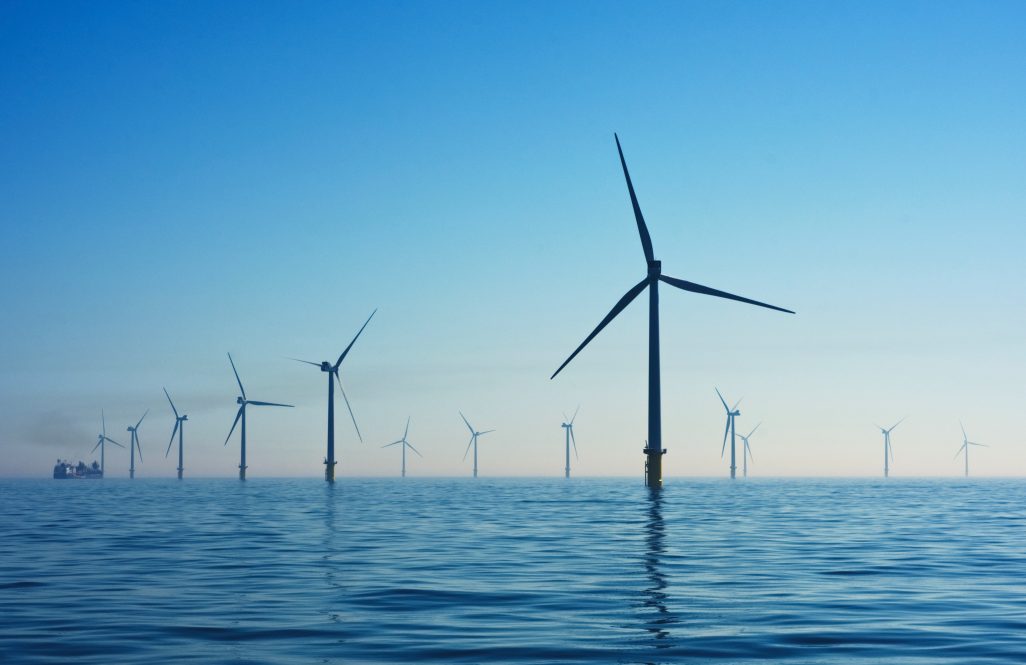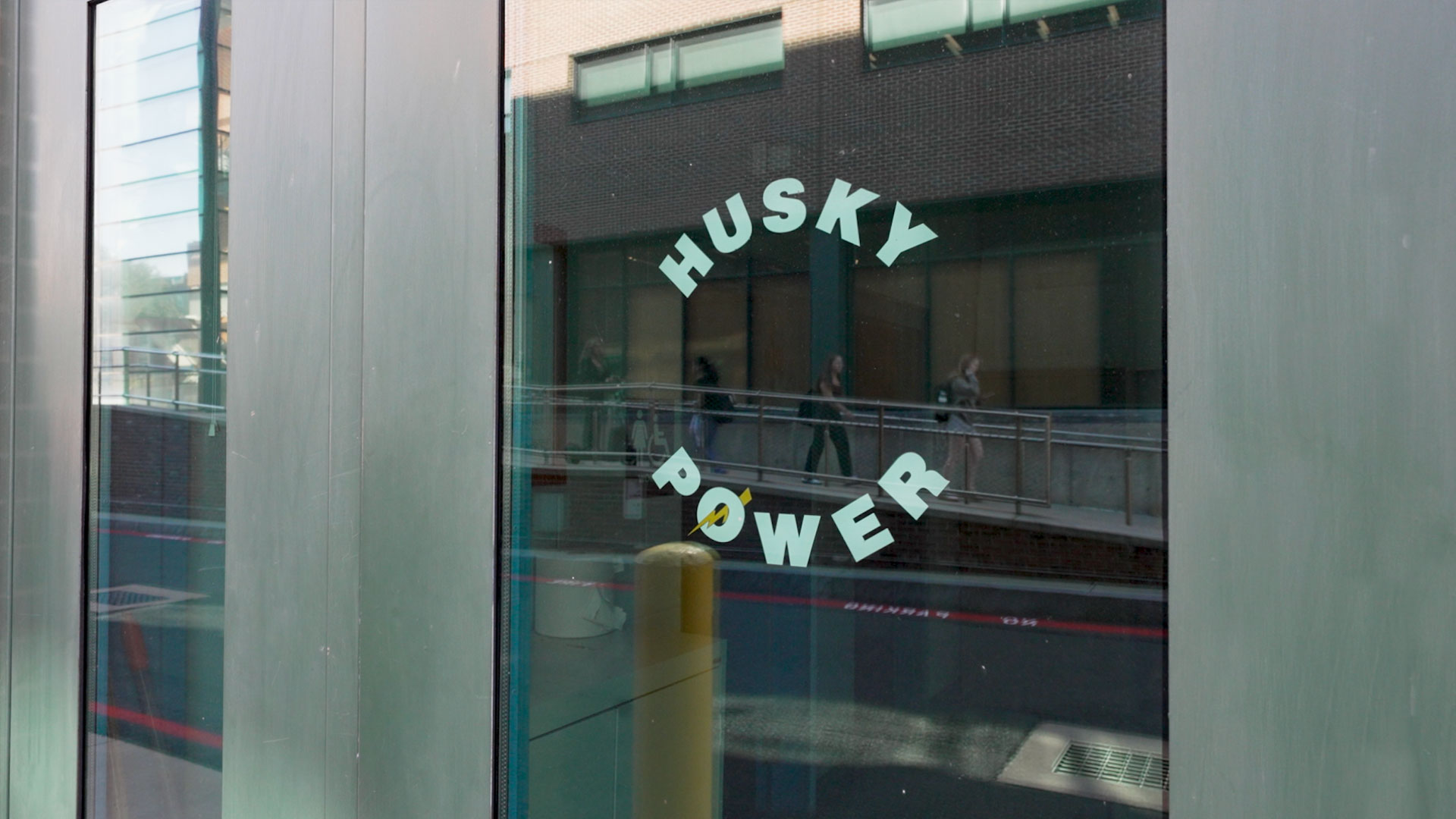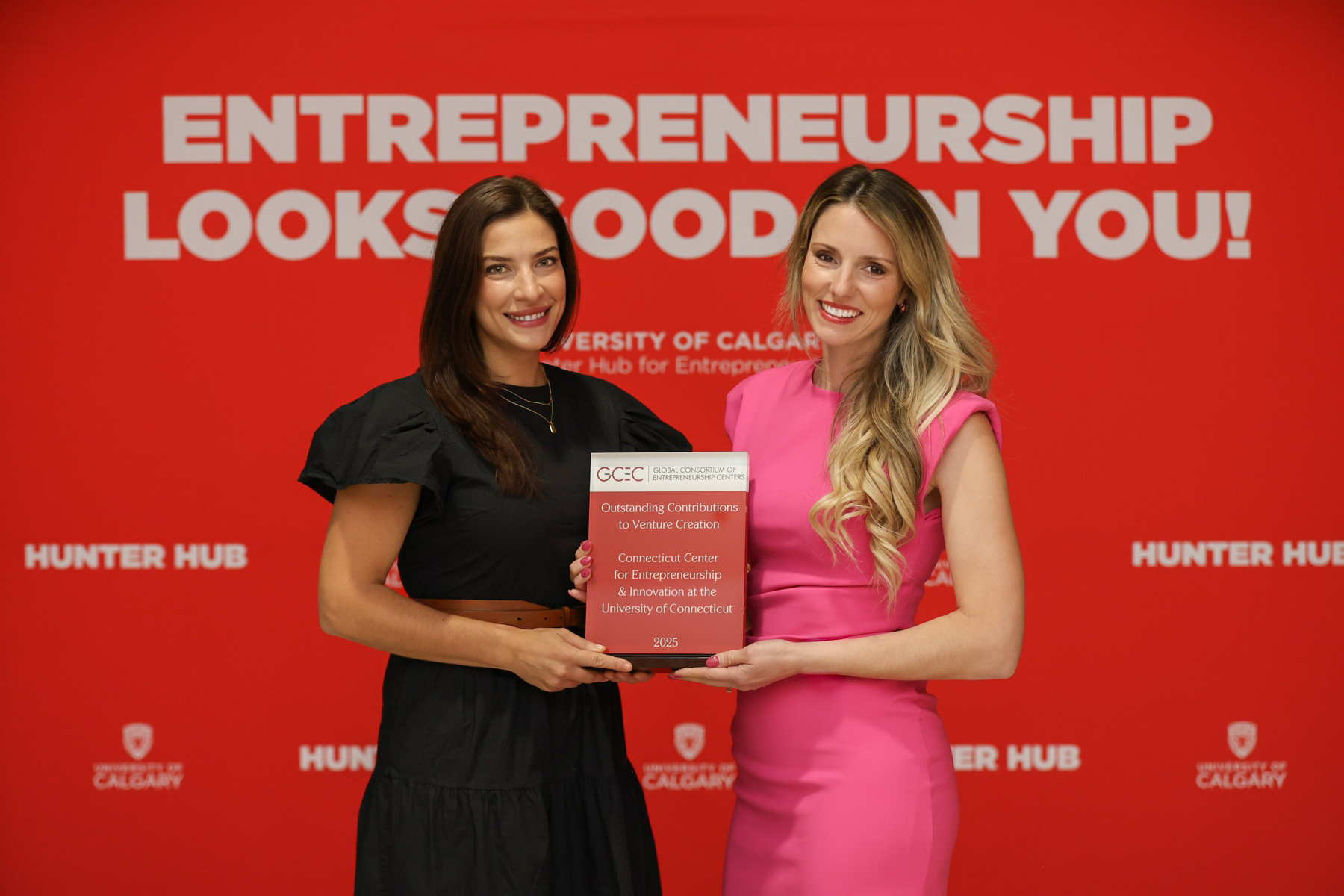A new, state-of-the-art weather and climate facility led by researchers at the University of Connecticut (UConn) and the University at Albany (UAlbany) will help safeguard the energy industry.
Backed by a grant from the National Science Foundation (NSF), the Center for Weather Innovation and Smart Energy and Resilience (WISER) is an Industry-University Cooperative Research Center (IUCRC). IUCRCs are designed to help corporate partners and government agencies connect directly and efficiently with university researchers to conduct high-impact research, drive innovative technology development, and develop a high-tech, skilled workforce.
WISER aims to leverage the research and expertise at UConn and UAlbany to create advanced weather- and climate-based solutions for the energy industry, now and in the future.
Chris Thorncroft, director of UAlbany’s Atmospheric Sciences Research Center and Emmanouil “Manos” Anagnostou, director of UConn’s Eversource Energy Center, are leading WISER for their respective universities.
“We envision WISER to become a leading energy industry-academia partnership, advancing research and cutting-edge technologies to continually improve power grid efficiency and reliability in the face of a changing climate and transition to clean energy,” says Anagnostou, a Board of Trustees Distinguished Professor and Eversource Energy Endowed Chair in Environmental Engineering at UConn.
“The IUCRC program was created by the NSF to generate new and innovative research through engagement between academic researchers, government agencies and industry partners,” says Thorncroft, who also directs UAlbany’s Center of Excellence in Weather and Climate Analytics and the New York State Mesonet. “WISER will fulfill this mission by advancing research and cutting-edge technologies to improve energy industry efficiency and reliability in the face of a rapidly changing climate and global transition to clean energy sources.”
WISER’s research direction will focus on renewable energy (solar, hydro, and wind), power outage management, electrical grid resilience brought on by extreme weather, and ways climate change impacts power producers and power distributors.
To date, 14 companies including IBM, Eversource, National Grid, and Avangrid have elected to join WISER as industry partners. The WISER research team includes 13 faculty from UAlbany’s Atmospheric Sciences Research Center, Department of Atmospheric and Environmental Sciences and College of Emergency Preparedness, Homeland Security and Cybersecurity and 16 faculty from UConn’s School of Engineering, School of Business, and the College of Agriculture, Health, and Natural Resources. Anagnostou and Thorncroft welcome additional industries and faculty to join WISER and collaborate on projects and share ideas.
WISER also will recruit graduate and undergraduate students from underrepresented groups to increase minority participation in science and engineering and especially interdisciplinary collaborations and exposure to industry-academia partnerships.
“We’re thrilled to be the NSF’s latest IUCRC and look forward to working with our industry partners on innovating predictive systems and technologies for clean energy,” Anagnostou says. “We aim for a more reliable electric grid in the face of climate change, all while working toward a greener future.”
The launch of WISER will add to UAlbany and UConn’s growing research relationship at the intersection between weather, climate, and the energy industry. Last fall, New York State Electric & Gas and Rochester Gas & Electric announced plans for a new partnership with the two institutions to develop a customizable outage prediction system that can enhance storm preparedness and response efforts for utility companies.
The new center will be supported by a $750,000 NSF grant for each institution and a five-year, $3.7 million industry partnership membership fee. The NSF also awarded WISER with a $20,000 grant in 2022 that was used to host a WISER planning meeting at UAlbany with energy industry executives.
WISER is UConn’s fourth IUCRC to be funded by the NSF. The others include the Center for Novel High Voltage/Temperature Materials and Structures (HVT), the Center for Hardware and Embedded System Security and Trust (CHEST), and the Center for Science of Heterogenous Additive Printing of 3D Materials (SHAP3D).
About the Center for Weather Innovation and Smart Energy and Resilience (WISER): WISER is a partnership between the University of Connecticut and the University at Albany. WISER aims to provide state-of-the-art weather and climate information combined with leading edge industry-inspired research and development to empower and safeguard the energy industry of the future.
About Industry-University Cooperative Research Centers (IUCRC): The National Science Foundation created the IUCRC program in 1973 to foster long-term partnerships among industry, academe, and government. IUCRCs are designed to help corporate partners and government agencies connect directly and efficiently with university researchers to achieve three primary objectives: 1) Conduct high-impact research to meet shared industrial needs in companies of all sizes; 2) Enhance U.S. global leadership in driving innovative technology development; and 3) Identify, mentor, and develop a diverse high-tech, exceptionally skilled workforce. The National Science Foundation (NSF) provides funding to support Center administrative costs and a governance framework to manage membership, operations, and evaluation.



